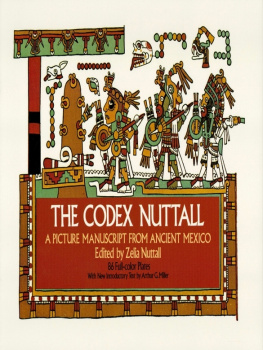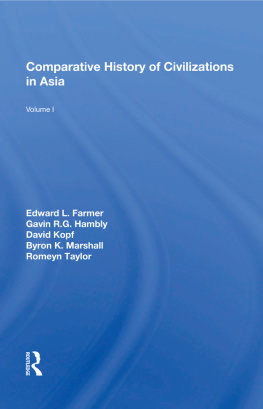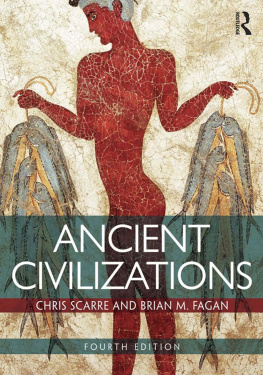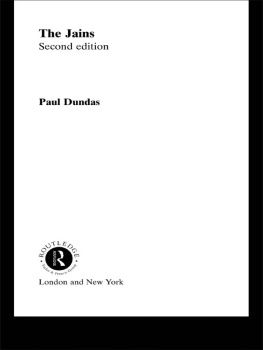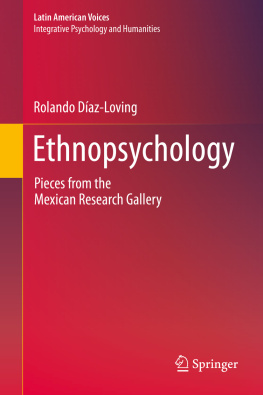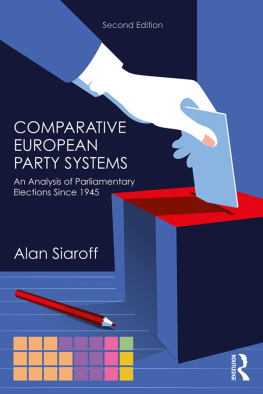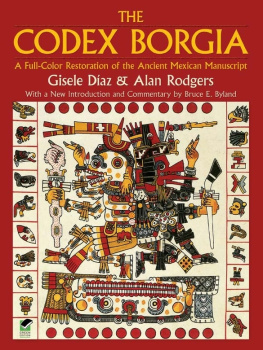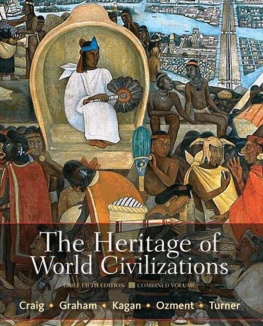Heritage
Heritage Books
Paul Vlemmincxstraat 59
Online publishing centre designed and managed by college students for the sake of promoting world heritage.
Published in the Netherlands by Heritage Books, Helvoirt.
Heritage Books 2019
The moral rights of the authors have been asserted
Database right Heritage Books.
This book is located in the public domain. Our project is educational one and the prices of the books are just to keep this project alive! By donating or buying our books, you are participating in the expanding of human heritage.
All rights reserved. No part of this publication may be reproduced, stored in a retrieval system, or transmitted, in any form or by any means, without the prior permission in writing of Heritage Books, or as expressly permitted by law, or under terms agreed with the appropriate reprographics rights organization. Enquiries concerning reproduction outside the scope of the above should be sent to the Rights Department, Heritage Books, at the address above. http://HeritageBooks.xyz
You may also visit our contact page for more information regarding supporting the project.
You must not circulate this book in any other binding or cover and you must impose the same condition on any acquirer.
Data available
Ebooked in Netherlands
ISBN 10: 0599921846
ISBN 13: 9780599921849
Introduction
Editorial Note.
The author of this volume explains in her preface how she came to be led beyond her special field of research into a comparative study of the early civilizations of the Old World; and how she traced the origin of the swastika, in Mexico, to an astronomical source and, in all countries alike, found its use as a sacred symbol accompanied by evidences of a certain phase of culture based on pole-star worship, and the recognition of the fixed laws of nature, which found expression in the ideal of celestial kingdoms or states organized on a set numerical plan and regulated by the apparent revolutions of circumpolar constellations.
The results of the author's researches seem to justify her summary of conclusions; but she distinctly states that she does not wish to propound any theory. She invites further study and discussion by Orientalists and Americanists before drawing final conclusions from the facts she has gathered. The publication of this paper will open anew the consideration of pre-Columbian visits to the New World, shown, as many have believed, by identities too many and too close to be considered as mere resemblances or as the natural results of independent intellectual development.
The illustrations are nearly all from drawings by the author. The analytical Index has been prepared by Miss Mead. It will be seen, by the numbering at the bottom of each page, that it was at first intended to include this paper in Volume I of the Archaeological and Ethnological Papers of the Museum; but the addition of the text relating to the Old World made too bulky a volume, and it is therefore issued as Volume II of the series.
To Mrs. Nuttall for the gift of her work, the results of years of research, and to the several generous friends who have provided the means for publishing this volume, the editor expresses his gratitude in behalf of the Museum.
F. W. Putnam ,
Curator of the Peabody Museum.
Harvard University,
March 1, 1901.
[pg 004]
Author's Preface.
In February, 1898, while engaged upon the translation and commentary of the anonymous Hispano Mexican MS. of the Biblioteca Nazionale Centrale Library, of Florence, my interest was suddenly and unexpectedly diverted from my self-imposed task by the circumstances described in the opening pages of the present publication.
Laying my work aside, as I then supposed, for a few days only, I seized the new thread of investigation with a keen and enthusiastic interest, little knowing that it, in turn, was not only to hold me fast for nearly three years, but was to lead me out of my original field of research, into distant, and to me, hitherto untrodden realms, in close pursuit of facts relating to the oldest forms of religion, social organization, and symbolism.
The first portion of the present publication was planned as a short monograph of forty-one pages, treating of the origin of the native swastika or cross symbols, and was written in July, 1898, its outcome being the unforeseen conclusion that the cosmical conceptions of the ancient Mexicans were identical with those of the Zuis. I next traced the same fundamental set of ideas in Yucatan, Central America and Peru and formed the wish to add this investigation to the preceding. The result has been the portion of the work extending from page 41, paragraph 2, to page 284, which was printed in 1899.
Having once launched into a course of comparative research, the deep interest I have always taken in the question of Asiatic contact led me to carry my investigation of the same subject into China. It then seemed impossible not to extend researches from Eastern to Western Asia, and from Asia Minor to Egypt, Greece, Rome and Western Europe. It is in this unpremeditated way that the scope of the present investigation enlarged itself of its own accord, for the simple reason that the most interesting and precious [pg 005] facts fell into my way as I advanced and all I had to do was to pick them up and add them to my collection of evidence.
One serious disadvantage, arising from the circumstance that the present investigation has been in press for nearly three years, is my inability to make any alteration, amendment, or addition, in the earlier portions, which stand as written at different times. It is a matter of regret to me that I was not acquainted with O'Neil's Night of the Gods and Hewitt's Ruling Races of Prehistoric Times, at an earlier stage of my investigation, as through them my publication would have been enriched by many valuable additions which I could have incorporated in the body of my work without unduly sacrificing its unity of form.
In the line of Maya investigation notable advances have been made since I wrote (on page , I point out that the employment of an initial glyph, representing the synopsis of a whole, followed by seven signs, appears even more strongly to corroborate my view that the inhabitants of Copan were acquainted with the septenary, cosmical division I have traced.
My fellow archaeologists will understand the disadvantage of issuing an investigation partly written a few years previously, and will realize that, had I, at the outset, been in possession of all the facts I have since learned, the present work would have been very differently planned and executed. On the other hand, as it partakes somewhat of the nature of a log-book, the reader is able to follow closely my blundering course, and will recognize and appreciate some of its perils and difficulties. It being, unfortunately, impossible to re-write the book. I shall have to be resigned to incur some criticism and blame for omissions, which could have been [pg 006] averted. I shall, however, be content if my prolonged study of ancient Mexican archaeology and the present research open out new lines of investigation, and conclusively prove that primitive cross-symbols and the swastika are universally accompanied by vestiges of a certain set of cosmical conceptions and schemes of organization, which can be traced back to an original pole-star worship. I can but think that the material I have collected will also lead to a recognition that the rle of the Phnicians, as intermediaries of ancient civilization, was greater than has been supposed, and that it is imperative that future research be devoted to a fresh study and examination of those indications which appear to show that America must have been intermittently colonized by the intermediation of Mediterranean seafarers.




